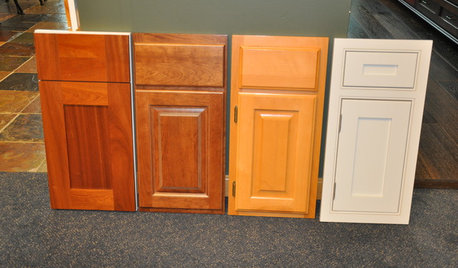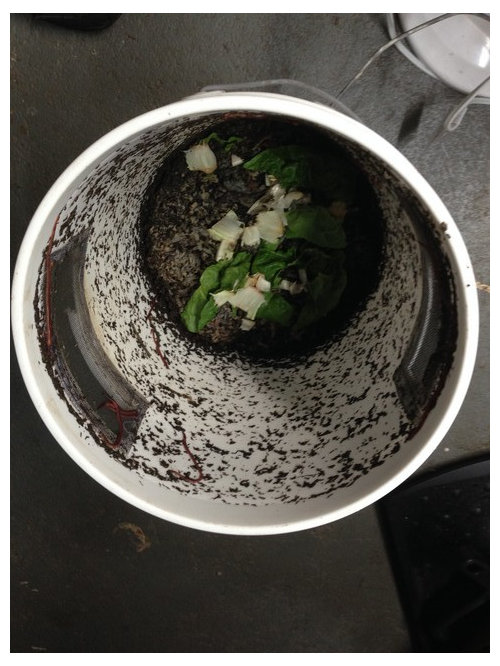New to raising worms, loving the learning process
dbobul
9 years ago
Related Stories

GARDENING GUIDESHouzz TV: Make a Worm Bin for Rich Soil and Happy Plants
A worm-powered compost bin that can fit under a sink turns food scraps into a powerful amendment for your garden. Here’s how to make one
Full Story
KITCHEN DESIGNStylish New Kitchen, Shoestring Budget: See the Process Start to Finish
For less than $13,000 total — and in 34 days — a hardworking family builds a kitchen to be proud of
Full Story
GARDENING GUIDESHow I Learned to Be an Imperfect Gardener
Letting go can lead to a deeper level of gardening and a richer relationship with the landscape. Here's how one nature lover did it
Full Story
INSIDE HOUZZFor Houzz Pros: Learn About the New Affiliation Badge Program
Enhance your professional profile with badges showing your schools, associations and more
Full Story
GARDENING FOR BUTTERFLIESA Quick-Start Guide to Bird-Watching for Fun and Learning
Set out some seed and grab your field guide. Bird-watching is an easy, entertaining and educational activity for the whole family
Full Story
WHITE KITCHENS4 Dreamy White-and-Wood Kitchens to Learn From
White too bright in your kitchen? Introduce wood beams, countertops, furniture and more
Full Story
FUN HOUZZEverything I Need to Know About Decorating I Learned from Downton Abbey
Mind your manors with these 10 decorating tips from the PBS series, returning on January 5
Full Story
KITCHEN CABINETSLearn the Lingo of Kitchen Cabinet Door Styles
Understand door types, materials and cabinet face construction to make the right choice when you shop
Full Story
WORKING WITH PROSInside Houzz: What You Can Learn From a Houzz Photo
Get access to the designer's info, product names, other photos in the project and much more by clicking on a Houzz image
Full Story
LIFE5 Life Lessons We Can Learn From Italian Design
Discover how these core ideas of Italian life feed into the nation’s designs
Full StoryMore Discussions







equinoxequinox
dbobulOriginal Author
Related Professionals
Birmingham Landscape Architects & Landscape Designers · Suffern Landscape Architects & Landscape Designers · Middletown Landscape Contractors · Blue Springs Landscape Contractors · Fairhope Landscape Contractors · Lemoore Landscape Contractors · Post Falls Landscape Contractors · Severna Park Landscape Contractors · Tuscaloosa Landscape Contractors · West Covina Landscape Contractors · Woodburn Landscape Contractors · Foothill Ranch General Contractors · Rowland Heights General Contractors · Seal Beach General Contractors · Wolf Trap General Contractorspskvorc
pskvorc
equinoxequinox
dbobulOriginal Author
pskvorc
equinoxequinox
hummersteve
chuckiebtoo
pskvorc
dbobulOriginal Author
pskvorc
chuckiebtoo
hummersteve
chuckiebtoo
pskvorc
MaryAnn1950
pskvorc
dbobulOriginal Author
dbobulOriginal Author